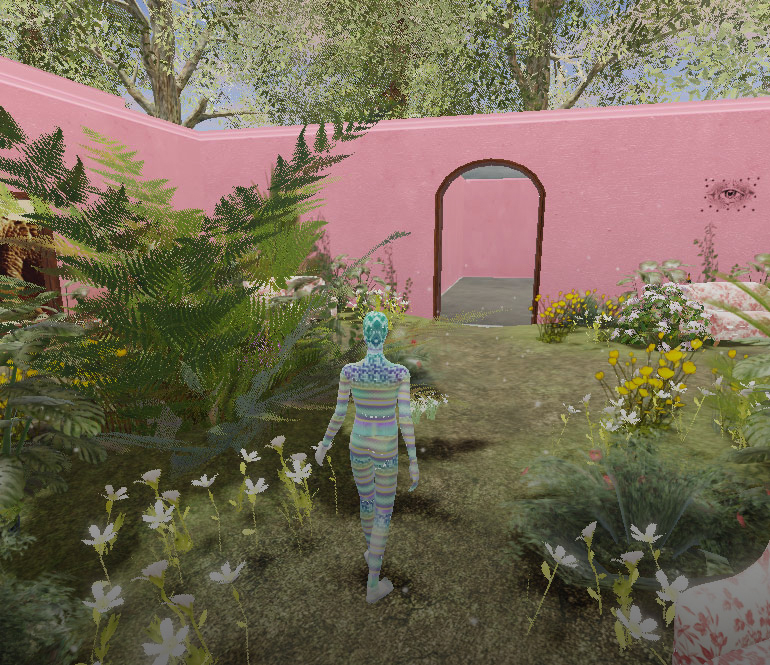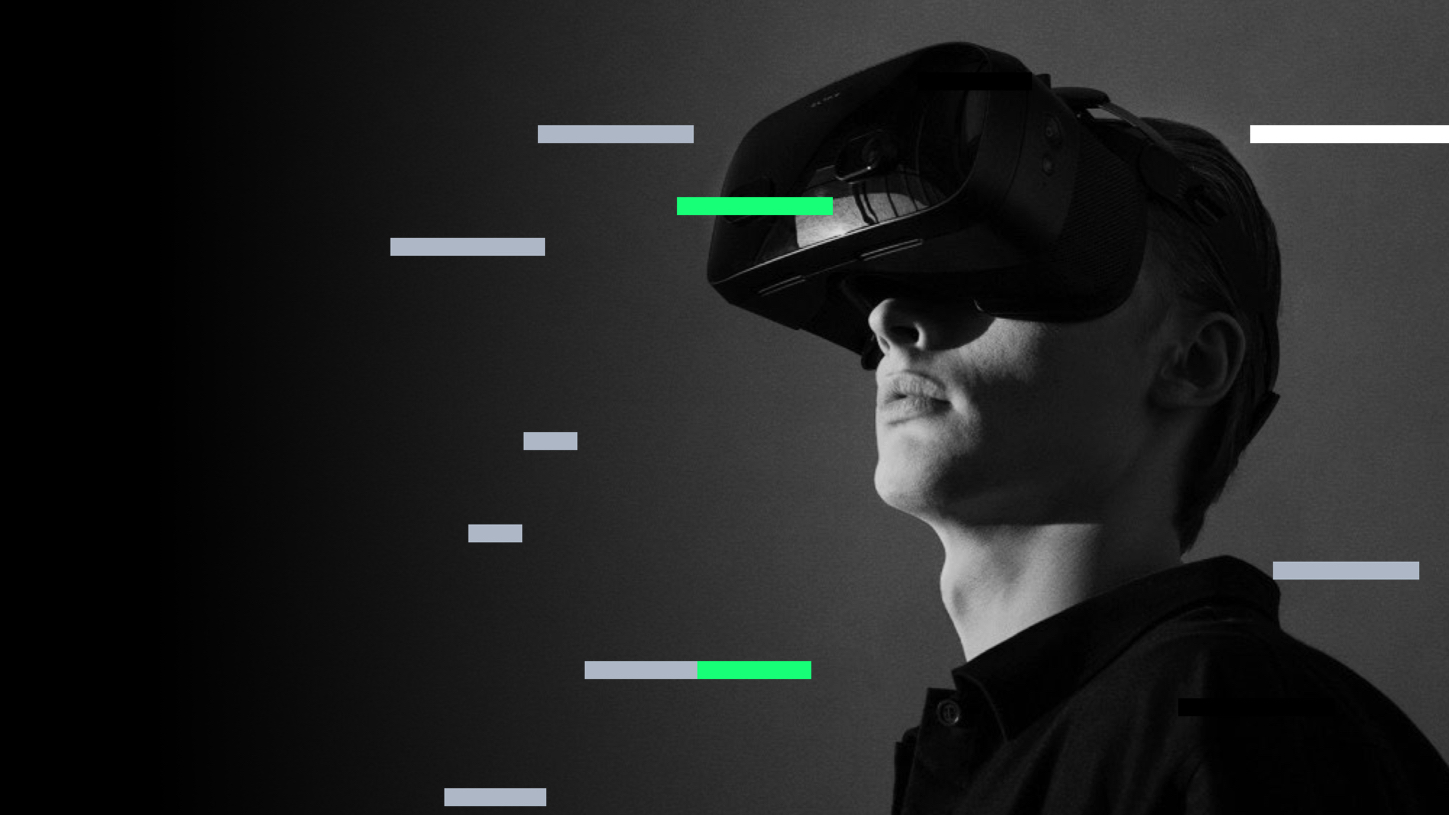"Luxury is above all a world of brands". When Philip Kotler pronounced this sentence, he did not imagine what the word "world" would stand for today. A world, or rather, multiple and virtual worlds (VR), and extended realities (XR), in which retailers can experiment with unexplored opportunities to reshape their brand experience.
When I talk about luxury goods, I mean products of excellent built quality, high price and exclusive enough to give their owners a prestigious status.
Obviously, many of these products can be customised or made from scratch. Still, in this case, I am referring to goods with a particular spatial component: bulky, remotely located, or highly complex design. I'm talking about yachts, homes, luxury vehicles.





